Six and a half years ago, the founders of ZTL recognised that B2B payment solutions were broken. Whereas consumer payments had advanced tremendously, the same couldn’t be said for payments in businesses.
“We decided to rebuild payments from the ground up, and our focus has been the same ever since we began,” says Andreas Bjerke, CEO and Co-Founder of ZTL, a payments facilitator focusing on B2B payments in the Nordics.
The company’s slogan—“Make payments your business”—is both literal and figurative. It refers to how system owners who want to embed a payment solution can take over the full B2B payment cycle, instead of depending on legacy banking methods and infrastructure.
The problem with traditional B2B payment systems
Traditionally, system owners like ERPs have been mere redistributors of bank payment services. Companies must subscribe to bilateral and costly remittance agreements with banks that follow a time-consuming onboarding process.
“In some cases, companies must even send information by physical mail,” says Bjerke.
Once the company receives its remittance agreement, it’s locked into that bank’s pricing structure, including the complex schedule of fees which, for the most part, are opaque and expensive.
Until ZTL came along, banks faced little competition in this space, unless it was from other banks. Open Banking and PSD2 made it possible for a company like ZTL to fill in the gap created by legacy systems.
One API for all B2B payments
ZTL offers a toolkit of APIs that removes the complexity of B2B payments. Companies no longer need complicated remittance agreements with their banks and can get up and running in minutes.
Although a cost-saving factor exists, the greater appeal is the immense reduction of complexity, errors, and wasted time.
Additionally, system providers such as ERPs or accountants can start offering their own embedded payment offerings. As a regulated financial institution, ZTL has a fully-fledged KYC/AML solution in place, which alone represents a massive barrier to entry for anyone wanting to handle business payments directly.
Transparent and competitive pricing
ZTL also offers highly competitive rates, especially in cross-currency payments, which rival banking rates by far. “You need a PhD these days to understand bank fees. There’s no transparency on your bank statement. At the bottom, it says, ‘Bank costs,’ and you have to especially go to the bank to get any breakdown of those costs,” says Bjerke.
On the contrary, ZTL’s pricing is transparent, and it’s possible to see the exact financial implications of any transactions down to the last cent.
One especially groundbreaking offering is ZTL’s forex rate lock-in for invoices with a forward maturity date. No pre-funding or cash collateral is required to secure a rate for a future-dated payment. The payer simply accepts the forecasted rate, and ZTL will honour it. ZTL then executes the payment at this rate with zero fees and only adds a tiny markup on the rate itself, which yet remains highly competitive.
Built to scale from the beginning
ZTL is fully operational in Sweden, Denmark, and Norway. The company built its technology from scratch as a fully cloud-native solution, meaning it’s ready to scale.
“Legacy technology causes bottlenecks, so we went cloud-native from the start. The typical modus operandi for a bank if they have a problem, such as an AML issue, is to recruit a hundred more people. That doesn’t solve the problem. You need technology,” says Bjerke.
The company has focused heavily on stability and excellence in its product for the last 6.5 years. By building a cloud-native infrastructure, ZTL remains agile and able to handle high transaction volumes without significant increases in overhead.
In the immediate future, ZTL is focused on ensuring a strong foundation in the Nordics. Beyond that, the company is looking at possible opportunities in the data market, considering the immense volume of transactions it handles and the potential insight that data could bring.
“It’s very rewarding to be where we are now, where everything is working. We don’t spend a lot of time building new things on the platform. It’s now all about optimizing, calibrating, and making sure it runs even more smoothly and scalably,” Bjerke says.


